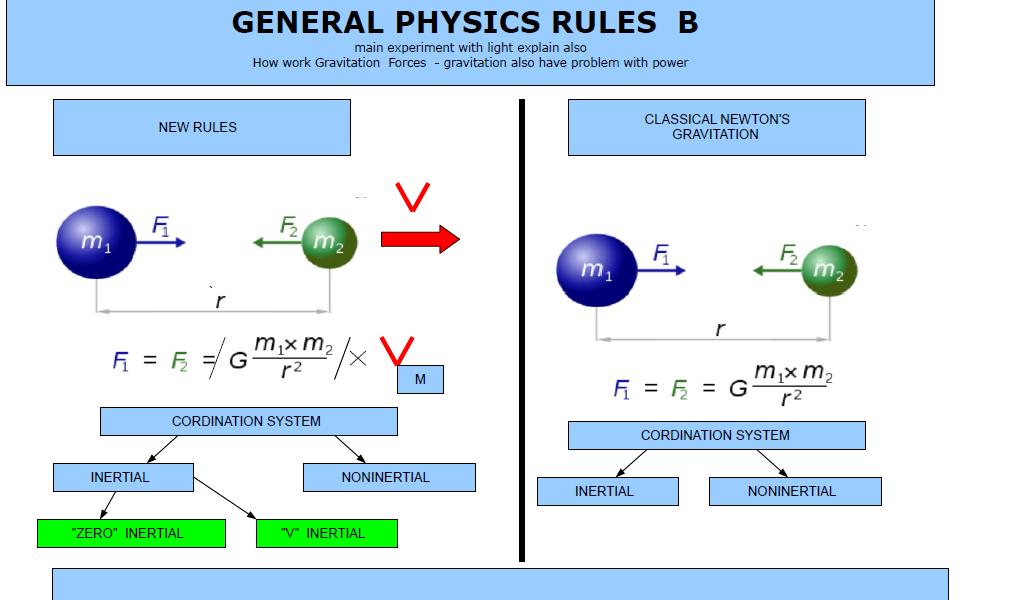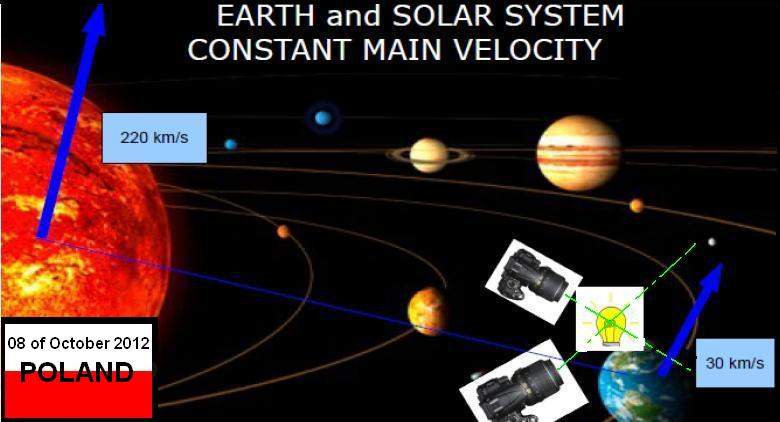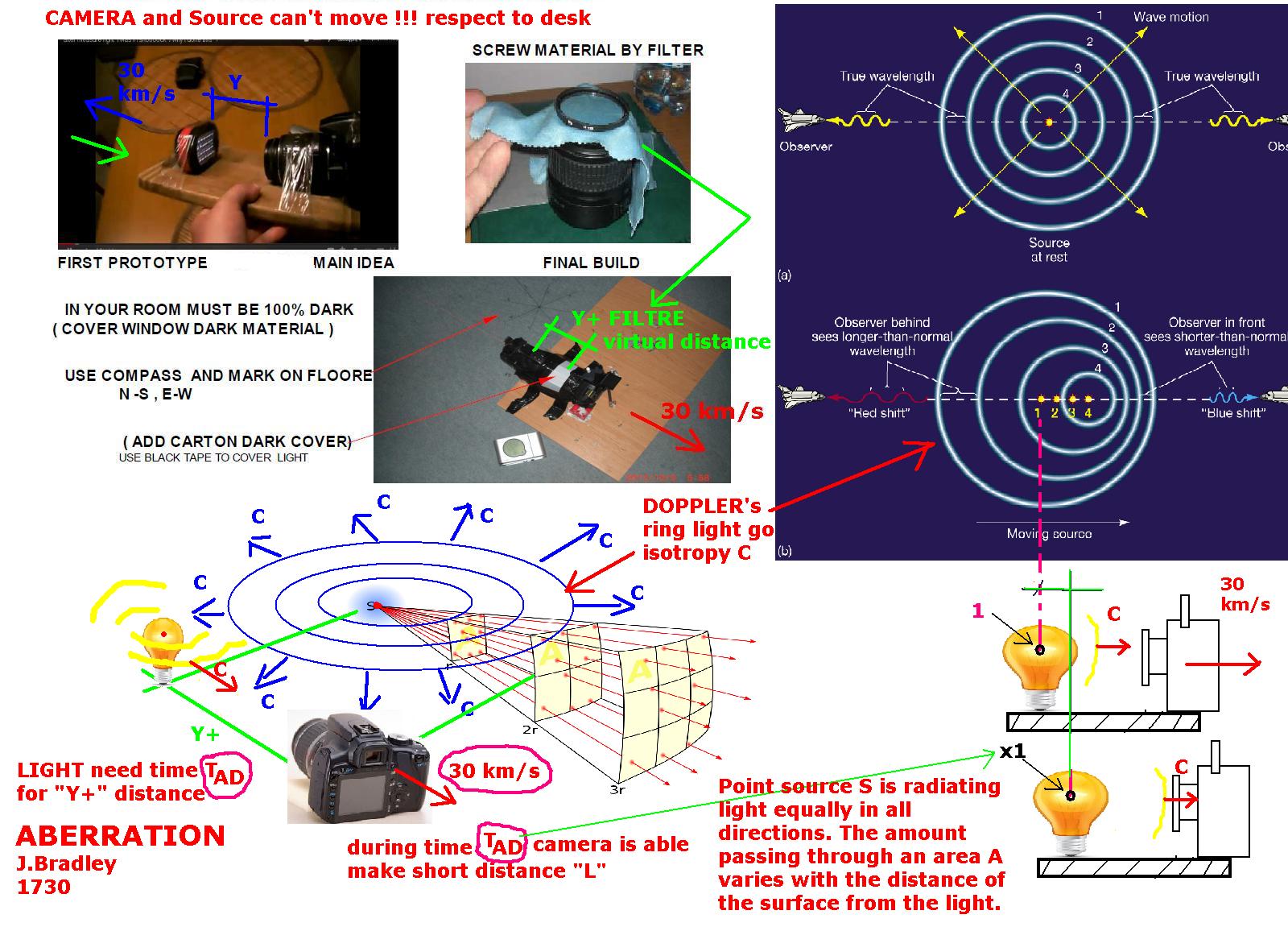Newton's Constant ?ok Mr newton but how fast is moving coordination system
and how big distance is between masses
m-----M-------m >>> motion
 " Galileo postulated his relativity hypothesis:
" Galileo postulated his relativity hypothesis:any two observers moving at constant speed and direction with respect to one another will obtain the same results for all mechanical experiments
(it is understood that the apparatuses they use for these experiments move with them).In pursuing these ideas Galileo used the scientific method (Sec. 1.2.1): he derived consequences of this hypothesis and determined whether they agree with the predictions.
This idea has a very important consequence: velocity is not absolute. This means that velocity can only be measured in reference to some object(s), and that the result of this measurment changes if we decide to measure the velocity with respect to a diferent refernce point(s). Imagine an observer traveling inside a windowless spaceship moving away from the sun at constant velocity. Galileo asserted that there are no mechanical experiments that can be made inside the rocket that will tell the occupants that the rocket is moving . The question ``are we moving'' has no meaning unless we specify a reference frame (``are we moving with respect to that star'' is meaningful).
This fact, formulated in the 1600's remains very true today and is one of the cornerstones of Einstein's theories of relativity."
MAROSZ 2012
Inverse square law Michelson morley
????(it is understood that the apparatuses they use for these experiments move with them)????
Dear MR Gallileo gravitation =EM wave
EM waves are not moving with them !
Experiment in Home ( test )


Discovery : brightness of pictures West and East is not the same
Reason ? Earth's Velocity 30 km/s = 30 000 000 mm/s
08/09 of October 2012 Poland, Wałbrzych

first test inside AIR
>
http://youtu.be/XF_npmQ8kGYfirst pictures
( brightness - photoshop 10 histogram) west ( -30km/s ) and East (+30 km/s )
>
http://youtu.be/O9k-zidfJZg



